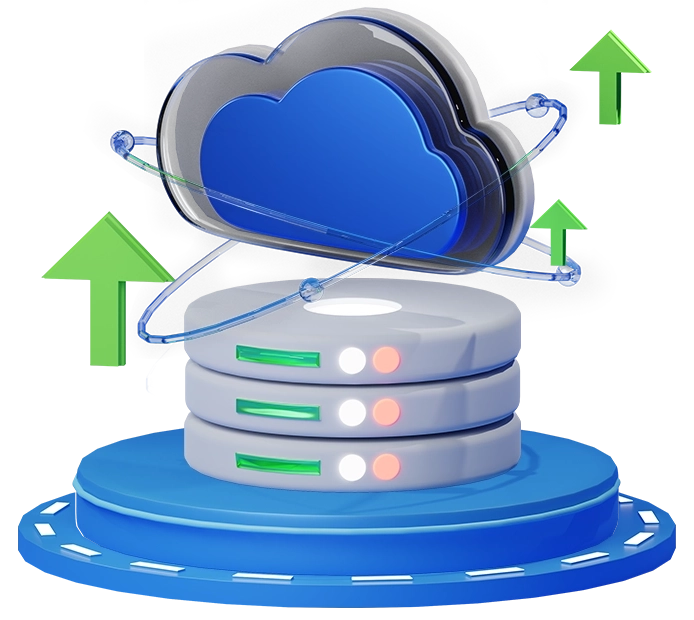
Salesforce Best Practices to Optimize Your CRM Implementation


Salesforce is an essential business tool. There’s a good chance the industry leading CRM and supporting applications power critical functions in your organization from sales and marketing to service and beyond, making it virtually impossible for users to imagine working without it. To maximize its impact, organizations should follow Salesforce best practices, ensuring the platform is configured, maintained, and used in ways that drive efficiency, data accuracy, and business growth.
At the same time, even an application as powerful as Salesforce might need a tune-up every now and again. Perhaps your installation is highly customized and is more difficult to use than you’d like. Or perhaps your company has deployed other systems for accounting or ERP and Salesforce isn’t properly communicating with these new tools, requiring extra manual effort. Or perhaps you’re just interested in upgrading to the new Lightning Experience and taking advantage of the powerful new interface. A comprehensive Salesforce guide can help you navigate these challenges, offering best practices, upgrade tips, and integration strategies to get the most out of your CRM investment.

- Your users spend their time copying and pasting between Salesforce and another application such as an ERP or even their email. This manual data entry is not only time-consuming but also prone to errors, leading to inaccurate data and inconsistencies across systems.
- Your users frequently complain about old data, bad data, or missing data, causing them to update the incorrect account or enter other information incorrectly. This indicates potential data quality issues and can hinder effective decision-making based on Salesforce data.
- Your users aren’t receiving proactive notifications and reports from Salesforce about upcoming meetings, leads to contact, cases to service, and other important time-saving functions, or your workflows are no longer aligned with your processes. This suggests that Salesforce may not be effectively supporting your current business processes and could be hindering productivity and efficiency.
- Your users in different departments or on different sales teams sometimes step on each other’s toes, or voice concerns that their experience is cluttered with unnecessary information. This could indicate that data access and security controls within Salesforce need to be reviewed and adjusted to ensure data privacy and prevent conflicts.
- Your management team doesn’t have access to the reports and dashboards they need to run the business, or don’t believe the existing reports and dashboards are accurate or actionable. This highlights a gap in business intelligence capabilities and the need for improved data visualization and reporting within Salesforce.
- You’re still on Salesforce Classic and aren’t taking advantage of the newer and faster user interface of other features of Salesforce Lightning. Upgrading to Salesforce Lightning can significantly improve user experience, enhance productivity, and unlock new functionalities.
How can we help make your Salesforce installation super?
Our experts can help you with a complimentary assessment and recommendations. We will analyze your current Salesforce implementation, identify areas for improvement, and recommend solutions tailored to your specific needs. Our ERP and Salesforce integration best practices and services include:
- Salesforce Health Check: A comprehensive assessment of your current Salesforce environment, including data quality, user adoption, system performance, and security.
- Salesforce Integration Best Practices: Review and optimize your Salesforce integration with other key systems such as your ERP, e-commerce platform, and marketing automation tools. This will help ensure seamless data flow, eliminate manual data entry, and improve overall system efficiency.
- Salesforce Customization and Configuration: Tailor Salesforce to your specific business needs by customizing fields, workflows, and reports, and configuring the system to support your unique business processes.
- Salesforce User Training and Adoption: Develop and deliver comprehensive training programs to empower your users to effectively utilize Salesforce and maximize its benefits.
- Salesforce Data Migration: Assist with the migration of data from legacy systems to Salesforce, ensuring data accuracy and integrity.

Share this article
Use AI to summarize this article



